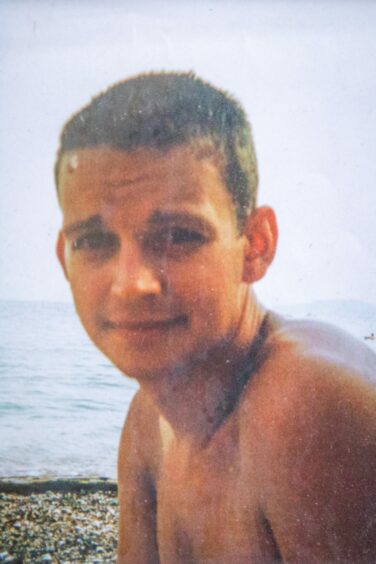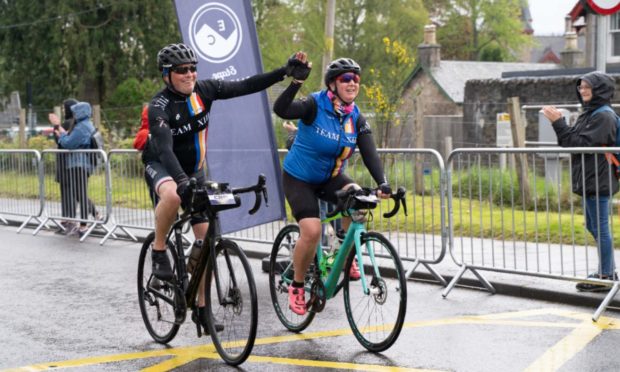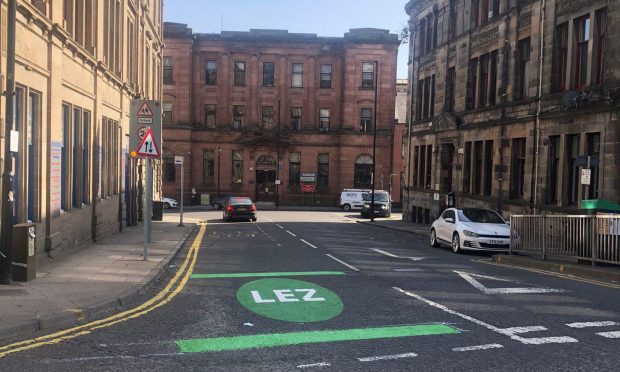Dunkeld campaigner Ann Lindsay who lost her son in a road accident abroad dreads the news of another A9 death.
Ann suffered every parent’s worst nightmare when Duncan, 28, was hit by a bus while cycling in France 22 years ago.
“For every death on the A9, somebody has gone through a very similar trauma,” she said.
Last month, Ann found herself caught up in traffic driving north to her home just outside Dunkeld.
Emergency services were on the scene at an accident near Birnam which claimed the lives of two people.
“I knew it must have been a fatality,” said Ann, 75.
“Every time you see one, you know that somebody’s life has been shattered.”
‘I have to do something’
Knowing what the family of the victims would be going through, Ann said: “I just thought I have to do something.”
She has since joined Birnam and Dunkeld Junctions Action Group (JAG).
And she hopes the group can successfully campaign for interim safety measures ahead of the A9 being fully dualled.
The total number of people killed on the Perth to Inverness road since 1979 sits at 333.
This year the A9 death toll is higher than it has been for more than a decade.
The road has claimed the lives of 12 people this year.
Accidents happen on both dual and single carriageway sections.
However, JAG members say the switch from single to dual carriageway, and vice versa, causes confusion for motorists.
Meanwhile, although Transport Scotland says plans to dual the section at Dunkeld will be revealed in a matter of months, the project is years away from completion.
“Everyone is more than aware that dualling is not going to happen for at least 10 years,” said Ann.
‘Layer upon layer upon layer of hurt’
The recent death toll has prompted some action.
Perthshire North SNP MSP John Swinney has met with Transport Scotland officials.
And Transport Minister Jenny Gilruth said in Parliament that “additional short-term measures for the A9 between Perth and Inverness” would be announced “in the coming weeks”.
In the meantime, author Ann dreads hearing of more fatalities.
Recalling her grief 22 years ago, she said: “It is absolutely devastating.
“The whole family dynamic changes.”
She said reading the “full medical report of how somebody’s life is extinguished” added to her trauma.
“It is also very gruelling to look at the medical reports of how, in this case my child, my son, died.
“You’re not only dealing with loss, you’re actually dealing with the graphic descriptions.
“It’s layer upon layer upon layer of hurt.”
It’s like throwing a grenade into the middle of a family.”
Ann Lindsay
She adds that accounts from the scene described how people were saying “don’t touch him” as Duncan lay on the road.
“They were saying that because obviously he had spinal injuries.
“I was absolutely traumatised by the thought that the last words my son heard were ‘don’t touch him’.
“That was probably not the case but that is a typical example of the detail of how this happens.
“Coming back to the accidents on the A9, there is no difference.”













Conversation